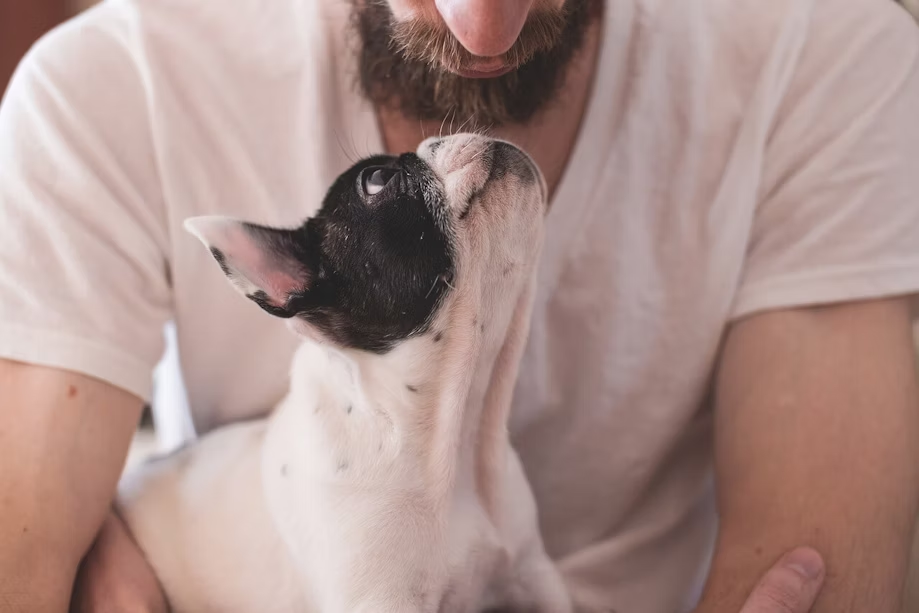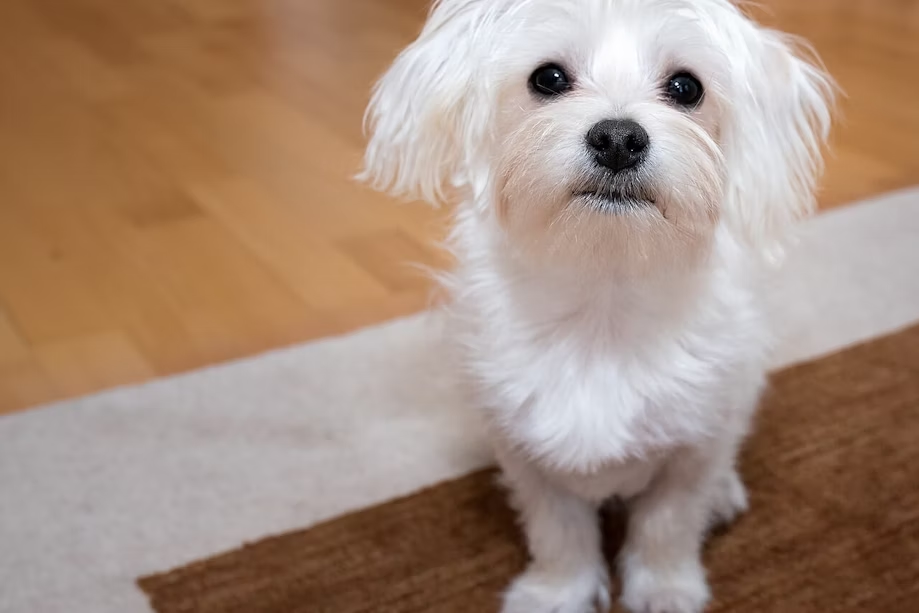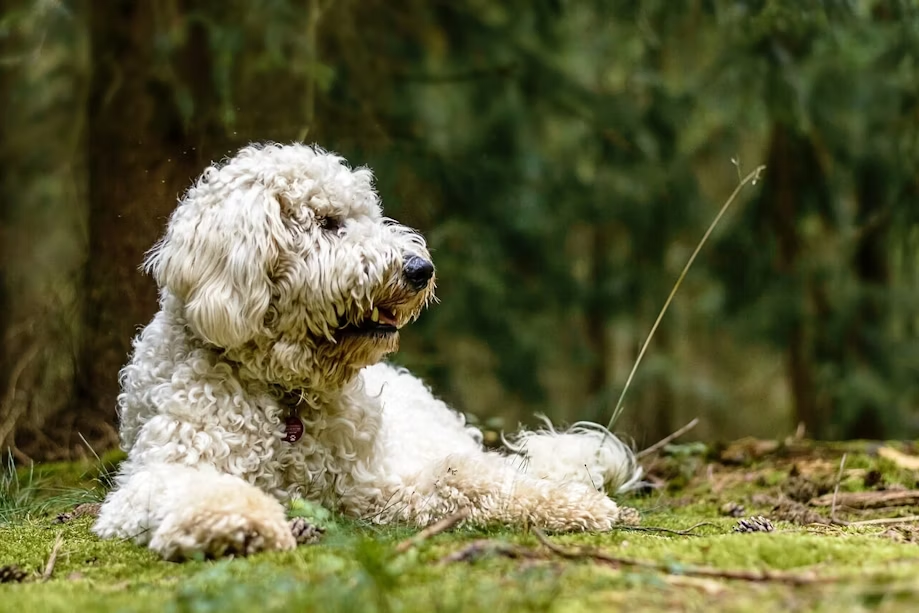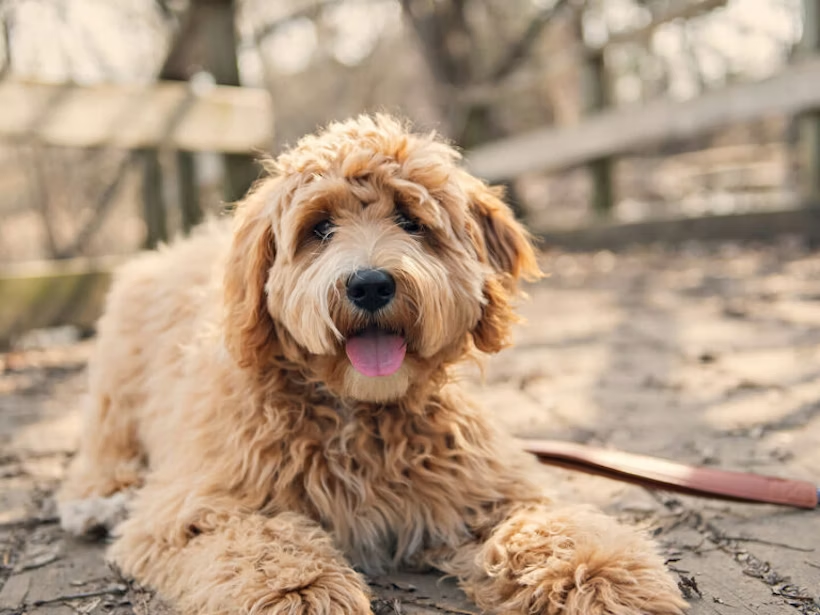Runny nose. Itchy eyes. Coughing or wheezing. Skin rash.
If you suffer from allergies, you know the symptoms are nothing to sneeze at. So, what is a dog-loving person to do if the cause of their allergies is a furry friend?
Many people seek out hypoallergenic dog breeds. But what are hypoallergenic dogs, and do they really eliminate the allergic reactions?
Read on for the answer.

What causes dog allergies?
Let’s first step back and explore what actually triggers the allergic reaction.
People often believe they are allergic to a dog’s fur. But in reality, the most significant allergens live in a dog’s saliva and dander—a microscopic material shed from the surface of the skin. And all dogs, regardless of breed, produce these allergens.
So, even though some dogs are considered hypoallergenic, there are no truly hypoallergenic dog breeds.

Hypoallergenic Dogs: Separating Fact from Fiction
Though “hypoallergenic” may be a misnomer, certain dog breeds do tend to be more tolerable among allergen-sensitive people.
For example, breeds that shed less, such as the Maltese and Shih Tzu, are less likely to trigger an allergic response. This is because saliva and dander stick to fur. So, less shedding means fewer allergens.
Breed size may be a factor, too. Smaller dogs simply have less surface area on their bodies to produce allergens. Regularly bathing a dog also helps eliminate the allergens. And, let’s face it, you can bathe an 8 lb Yorkie much more easily than you can a 120 lb Great Dane.
The above factors may reduce the likelihood of an allergic reaction. But if you’re allergic to dogs and are looking at hypoallergenic breeds, it’s important to understand that you may still experience allergic symptoms.

The Origin of Doodle Breeds—the Ultimate Hypoallergenic Dogs
Fun fact: the Australian Labradoodle was first developed by a guide dog group in Australia that was looking for a dog that would serve well as a guide, such as a Labrador, but shed less.
They tried using Standard Poodles and found that, though they were extremely smart, they did not have the right temperament for guide work.
They decided to cross the Poodle and Labrador, and the Labradoodle was born! Since then, other breeders have crossed low-shedding and higher shedding breeds, giving us Cockapoos, Goldendoodles and more.










